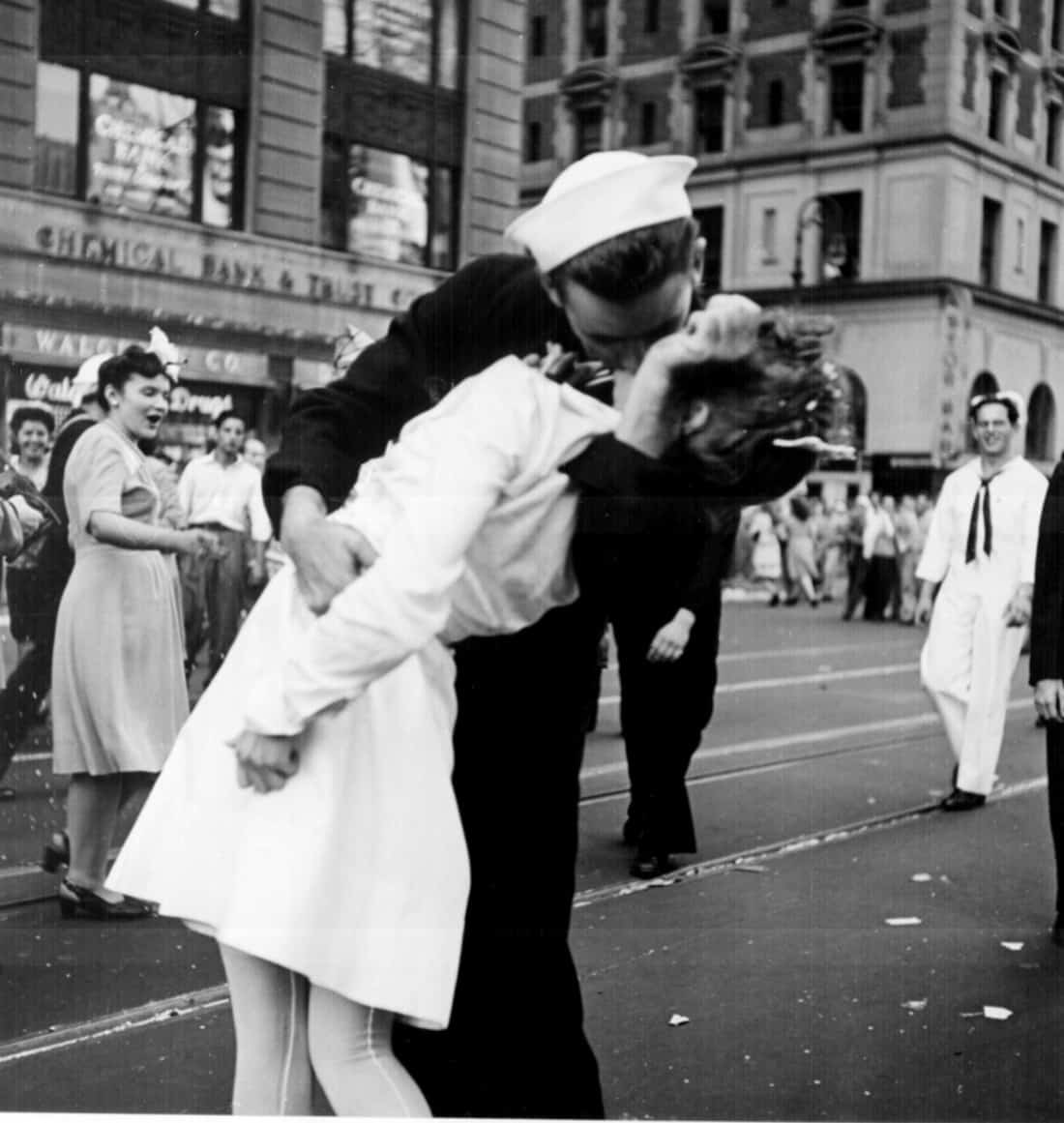How Framing Streets can Save You Time, Stress, and Money.
How Framing Streets can Save You Time, Stress, and Money.
Blog Article
Framing Streets Fundamentals Explained
Table of ContentsFascination About Framing StreetsGetting My Framing Streets To WorkThe Only Guide for Framing StreetsThe Best Strategy To Use For Framing StreetsThe Best Strategy To Use For Framing StreetsGet This Report on Framing Streets
, normally with the objective of capturing images at a definitive or emotional minute by mindful framing and timing. https://framingstreets1.start.page.
The Best Strategy To Use For Framing Streets
Susan Sontag, 1977 Street digital photography can focus on people and their actions in public. In this respect, the road professional photographer resembles social documentary digital photographers or photojournalists who also operate in public locations, however with the objective of recording relevant events. Any of these professional photographers' images may capture individuals and home noticeable within or from public areas, which typically entails navigating moral concerns and legislations of personal privacy, protection, and residential property.
Depictions of day-to-day public life form a style in virtually every period of world art, starting in the pre-historic, Sumerian, Egyptian and very early Buddhist art periods. Art managing the life of the road, whether within sights of cityscapes, or as the dominant theme, shows up in the West in the canon of the North Renaissance, Baroque, Rococo, of Romanticism, Realism, Impressionism and Post-Impressionism.
The Main Principles Of Framing Streets
Louis Daguerre: "Boulevard du Holy place" (1838 or 1839) In 1838 or 1839 the first photo of figures in the road was taped by Louis-Jacques-Mand Daguerre in among a set of daguerreotype sights extracted from his workshop home window of the Boulevard du Holy place in Paris. The second, made at the elevation of the day, reveals an uninhabited stretch of street, while the other was taken at regarding 8:00 am, and as Beaumont Newhall records, "The Blvd, so constantly full of a relocating throng of pedestrians and carriages was flawlessly solitary, except an individual that was having his boots brushed.
, that was inspired to take on a similar paperwork of New York City. As the city created, Atget aided to advertise Parisian streets as a deserving topic for photography.

Some Ideas on Framing Streets You Should Know
Martin is the initial recorded digital photographer to do so in London with a disguised electronic camera. Mass-Observation was a social research study organisation established in 1937 which intended to tape-record everyday life in Britain and to tape the reactions of the 'man-in-the-street' to King Edward VIII's abdication in 1936 to wed divorce Wallis Simpson, and the succession of George VI. The chief Mass-Observationists were anthropologist Tom Harrisson in Bolton and poet Charles Madge in London, and their very first report was produced as the book "May the Twelfth: Mass-Observation Day-Surveys 1937 by over 2 hundred observers" [] Home window cleaner at Kottbusser Tor, Berlin, by Elsa Thiemann c. 1946 The post-war French Humanist Institution digital photographers located their topics on the street or in the diner. Between 1946 and 1957 Le Groupe des XV yearly showed job of this kind. Andre Kertesz. Circus, Budapest, 19 May 1920 Road digital photography formed the significant content of 2 exhibits at the Museum of Modern Art (Mo, MA) in New York curated by Edward Steichen, Five French Photographers: Brassai; Cartier-Bresson, Doisneau, Ronis, Izis in 1951 to 1952, and Post-war European Digital Photography in 1953, which exported the principle of street digital photography globally.

An Unbiased View of Framing Streets
The recording equipment web was 'a concealed camera', a 35 mm Contax concealed beneath his coat, that was 'strapped to the upper body and attached to a long cord strung down the right sleeve'. Nevertheless, his job had little contemporary effect as as a result of Evans' sensitivities regarding the creativity of his task and the personal privacy of his subjects, it was not published until 1966, in the book Several Are Called, with an intro created by James Agee in 1940.
Helen Levitt, then an educator of children, linked with Evans in 193839. She recorded the temporal chalk illustrations - sony a9iii that were component of youngsters's street culture in New york city at the time, along with the youngsters who made them. In July 1939, Mo, MA's brand-new digital photography section consisted of Levitt's job in its inaugural exhibitRobert Frank's 1958 publication,, was significant; raw and often out of focus, Frank's pictures questioned conventional digital photography of the time, "challenged all the formal policies laid down by Henri Cartier-Bresson and Walker Evans" and "flew in the face of the wholesome pictorialism and heartfelt photojournalism of American publications like LIFE and Time".
Report this page